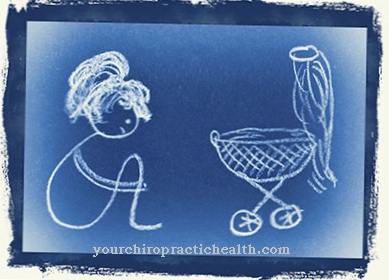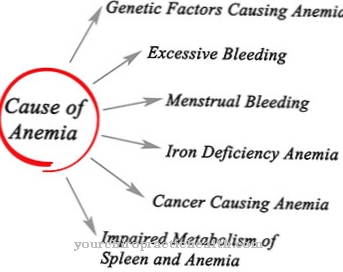In earlier times, when spinach wasn't ready to cook on the supermarket shelves, the New Zealander spinach much appreciated as a substitute for real spinach. In contrast to real spinach, it does not shoot in warm temperatures and thus provides edible leaves from early summer to autumn.
What you should know about New Zealanders spinach

As the name suggests, the New Zealander spinach comes from New Zealand. But also on the coasts of Australia, Tasmania and Japan, the plant related to the ice herb occurs. Despite the very similar aroma, the leafy vegetables are not related to spinach, which is related to the goosefoot family, but belong to the midday flowers (Aizoaceae).
The Latin name of the plant is Tetragonia tetragonioides. New Zealand spinach is an annual herb that is in season between July and October and must be harvested regularly. Above all, the thick, juicy leaves and shoot tips are used, although the leafy vegetables are rarely available in stores. The vegetables spoil quickly after harvest. However, you can easily grow the tasty vegetables in your own garden and even on the balcony. When sowing in spring, it should be noted that the large, hard-shell seeds of the frost-sensitive plant germinate very slowly.
Direct sowing is not advisable, as it would take too long before the first harvest. The initially quite puny plants thrive best in a sunny location with nutrient-rich, humus-rich soil and develop into imposing plants that cover about one square meter of soil per plant. In order to ensure a tasty, lasting and abundant harvest, the plants must be harvested regularly. This is the only way to keep growing new shoot tips that taste soft and fine. Prepared raw as a salad or as spinach, the triangular, fleshy leaves are a delicious alternative to frozen foods.
The New Zealand spinach even thrives as a container plant and thus enables the spinach harvest on the balcony. The aroma is quite similar to that of real spinach, only stronger.
Importance to health
100 grams of New Zealand spinach contains up to 30 milligrams of vitamin C and, like almost all green leafy vegetables, also plenty of provitamin A, vitamin E and various vitamins from the B group (especially vitamin B2, which is also known as riboflavin) Calcium, magnesium, phosphorus and iron.
New Zealand spinach also contains potassium. Like real spinach, New Zealand spinach also contains oxalic acid and saponins, which give it a slightly bitter taste. However, the content of bitter substances is lower compared to the classic spinach plants, which is why children usually prefer these leafy vegetables.
Ingredients & nutritional values
Fresh New Zealand spinach contains many vitamins and minerals that are valuable for the body and health, but very few calories. 100 grams of the fresh, unprocessed shoot tips contain approx. 21 kilocalories. The protein and carbohydrate content is also very low at two or three grams. For this reason, the leafy vegetables are ideal for a healthy and conscious diet, but should not be prepared with too much fat (e.g. cream).
In addition, 100 grams of New Zealand spinach contain up to 180 milligrams of magnesium, 150 milligrams of phosphorus and 60 milligrams of calcium. The iron content is very low with an average of 2.6 milligrams. Thus, only 100 grams of these vegetables cover about half of the daily requirement of magnesium (according to the DGE, adults from 25 years of age should consume 350 milligrams of magnesium daily), about one seventh of the daily requirement of an adult for phosphorus (according to the DGE 700 milligrams) and even three times as much the daily requirement of vitamin C (according to DGE 10 milligrams).
Intolerances & allergies
If you are sensitive to oxalic acid, you should avoid the New Zealander spinach or combine it with foods containing calcium, for example with a glass of milk, quark or a yogurt dressing. The calcium in milk neutralizes the bitter oxalic acid. Caution is also advised in rainy, cold summers with few sunny days, because New Zealand spinach develops high nitrate values under low-sun growth conditions. For the same reason, the vegetables in the garden should be grown in locations that are as sunny as possible.
Shopping & kitchen tips
In the kitchen you only use the young, up to ten centimeters long shoot tips with four to five dark green, thick leaves on them. Harvest the plants as early as possible and often, because the more often you cut the shoot tips, the more the plant branches out and enables a better harvest.
The harvested New Zealand spinach only keeps fresh in the refrigerator a few hours after harvest, which is why you should process it immediately afterwards. For short-term storage until consumption, it is best to wrap the harvested New Zealand spinach in a damp kitchen towel and pack it in the vegetable compartment of your refrigerator. Incidentally, the short shelf life is the main reason that the vegetables are not available in the supermarket. The fresh leaves are prepared either as a salad or like traditional spinach. To do this, blanch the shoots with the leaves either whole or finely chopped briefly in boiling water.
The New Zealander spinach can then be preserved by freezing it. Of course, fresh preparation as leafy vegetables is also possible. The leaves from early summer are particularly tasty raw as a salad, they are particularly tender and flavorful. For consumption raw, you should pluck the leaves off the tough stems. The later the leaves are harvested, the firmer the leaves. That is why New Zealand spinach harvested in late summer or autumn is particularly suitable for blanching, stewing or cooking. To prepare, it is sufficient to wash the leaves under running water and then pat dry with a kitchen towel or dry them in a salad spinner.
A great advantage is that the leaves and shoots of New Zealand spinach do not collapse as much as those of conventional spinach, which is not particularly productive in this regard. Because of the nitrate it contains, New Zealand spinach, like German spinach, should not be warmed up.
Preparation tips
The New Zealand spinach does not belong to the spinach plant botanically, but it can be prepared like spinach vegetables. The term “spinach vegetables” does not come from botany, but from the kitchen. It describes a type of preparation.
Typically, the leaves of spinach vegetables are steamed, boiled or blanched with or without stems. Liquids such as oil, water or broth are suitable for stewing, although the cooking time is very short for all types of preparation with a maximum of eight to ten minutes. In addition, many of the vitamins contained in New Zealand spinach - such as vitamin C - are sensitive to heat, which is why a short cooking time with little liquid is recommended.

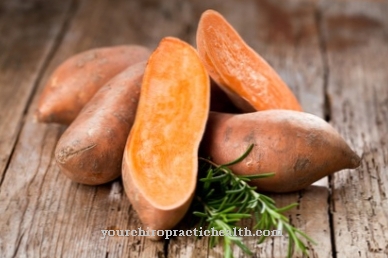
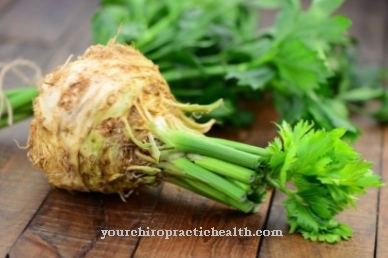
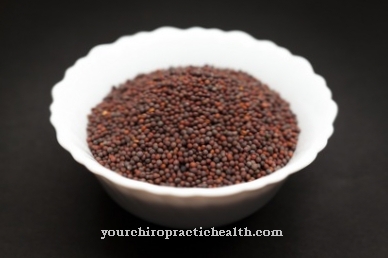

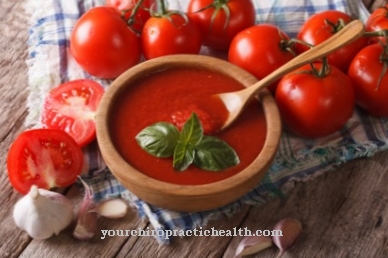
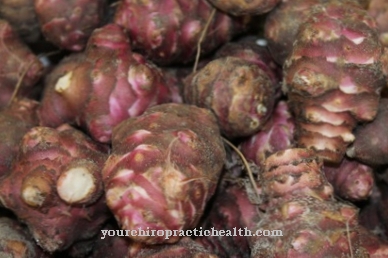






.jpg)

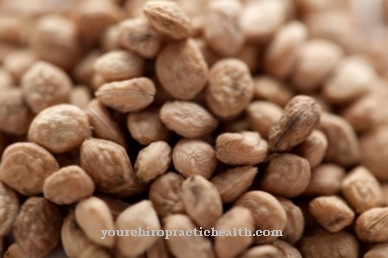






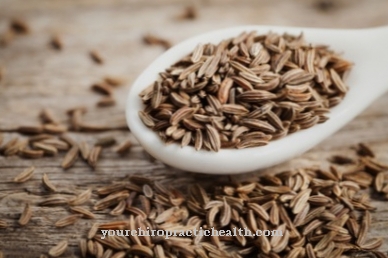


.jpg)
